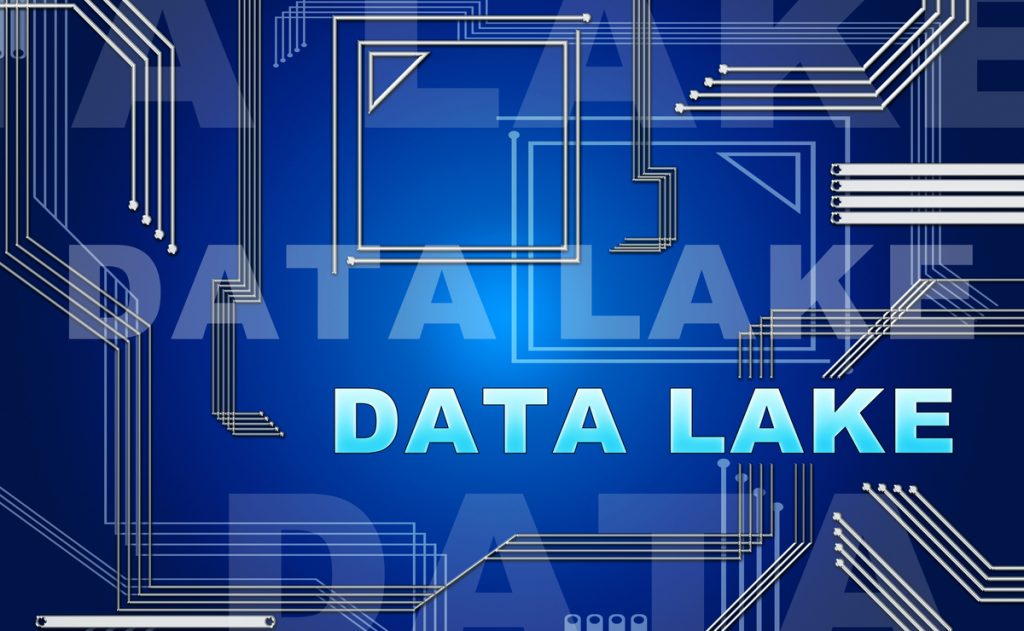Introduction and overview
The data flow that we are witnessing in the present times due to increased network connectivity, communication, cloud capacity, and IoT is becoming a matter of debate due to the inadequate processing capabilities. That said, this data flow is getting accentuated due to customer data analytics, social media platforms, and internal-collaboration mechanisms. This is where the question of data management comes into light.
Although we are equipped with the state of art techniques and methodologies to collect and assess huge chunks of unstructured data, management of the emerging tide of data is still a challenge. The handling of critical business information and sensitive customer data is not only becoming a policy question but is also becoming a citizen centric issue. On top of this, we need to look at the cost of management of this tide of data and flood of information.
The solution that we have been looking for
Amidst the emerging data wave, the need of the hour is to expand our data management capabilities. This demands an innovative approach and solution which can cater to this emerging data wave. The innovative solution is a data lake that can act as a repository to contain and process significant chunks of unstructured data. Such data lakes can be easily used with established data warehouses so that the operational cost is minimized. The result of reduced operational cost is that companies are incentivized towards data lake migration.
Tackling the raw data zone
One of the most challenging problems faced by companies is the capturing and configuration of raw data. For this, companies have a tendency to hire data scientists so that they are able to carry out analytics in a robust way. It is a fact that data scientists show the companies the concrete course and roadmap for customized analytics, long term maintenance and data governance.
Data scientists lure the companies into the use of data lakes by making pilot projects related to cloud data lakes operational for them. This is followed by various self service options which not only gives a sense of independence to these companies but also trains them for the stage where they can generate their own data analytics and reports.
That said, every good step comes with a drawback. In this case, the integration of data lakes with other types of architectural components proves to be a challenge.
Exploring the stages of data lake
There are usually four stages that are involved in the development of a data lake. Those planning for a data lake migration also need to be aware of these stages in minute details. However, there is not a strict nomenclature and methodology that is to be followed when we talk about these stages.
Companies are free to follow any or all of the stages mentioned here. The first stage is called the landing arena for raw data. In this stage, the construction of the data lake takes place from separate information technology systems. It is in this stage that data is usually stored in its raw format.
This data in its raw format can be enriched by means of data sets which are externally collected. The second stage is conceived in the data science ecosystem. In this stage, the data lake is tested in a fabricated environment and various components are analyzed. This is also the stage where different types of prototypes are built and a roadmap is set for different programs. It is in this stage that much emphasis is laid on data governance. We name the third stage as the offloading stage.
This is one of the most important stages in the development of a data lake. It is in this stage that we aim to integrate the data warehouse of an organization with the data lake. Massive transfer of data takes place at this stage. It is in this stage that even the minutest of the data is stored in appropriate format in the data lake. The last stage is called the operational stage. In this stage, the chief replacement functions are performed.
The data warehouses which are existent in an organization are replaced with a new data lake. Data lake not only becomes a part of the critical infrastructure but also takes over the functional capacities like management of machine intensive tasks.
Concluding remarks
In one word, the future of computing would see a high reliance on data lakes and organizations that are data intensive need to push for its adoption.
